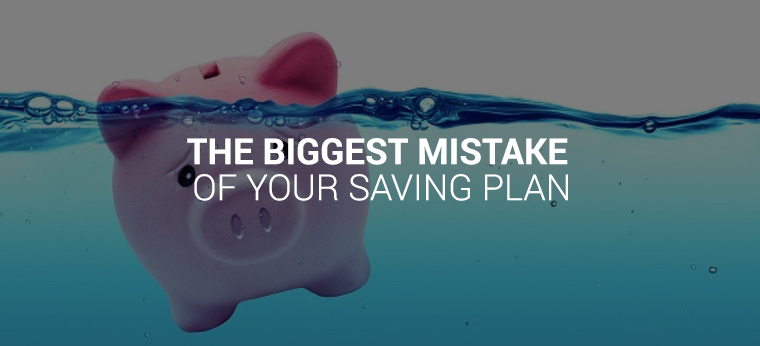
Even the savviest business professionals make any number of saving plan mistakes. They often know best because they have experience it firsthand. One common saving plan mistake is not staying consistent and building a schedule of saving. There are mistakes around every corner, and some of the smartest leaders have delivered overall plans to tackle them in every area.
Mistakes in Emergency Funds
Most emergency funds take families years to develop, but it does not have to be that way. The biggest mistake a family can make is ignoring saving entirely. It does not take much to add to an emergency fund. It is not technical. Some investment firms may try to push certain strategies, such as GIC shelter-account or a TFSA.
The fact is, an emergency fund can be established with a bank or even under a mattress. If either of these straightforward strategies gets people to save, it is worth pursuing. An emergency fund is not convoluted, and it takes one little action. Take a small amount after every paycheck and add it to the account. It could be $5. The point is to add some amount and establish a habit that is the foundation of responsible saving.
Mistakes in Debt
The big mistake in debt is having it at all. getting rid of that debt should be a top priority. In reality, it may be smarter to get rid of debt before saving at all. The exception to this rule is having an emergency fund. Every family should have $1000 packed away for each member of the family. That is present to repair the car, get out of the hospital, etc.
But, little more should be added before the debt is handled. Consumer credit card debt is non-tax-deductible and notoriously high-interest. It makes no sense to acquire debt for any purchase that is not a home or vehicle (even then, it is not ideal).
Mistakes in Building a Savings
Adding strictly to a savings account from a traditional bank is a common mistake. For one, most banks offer measly interest rates that are often less than 1%. It is an accessible strategy because many savings accounts can be accessed monthly.
But, it is impractical and it is a saving plan mistake. It may be wiser to work with a compound interest account. It could also be smart o funnel funds into a bond that can grow over time.
Either of these options are not accessible, and most Canadians will need to speak with someone to receive the details. But, taking that step from infrequently adding to a savings to actually investing is a huge jump.
What is the biggest mistake in a saving plan? The answer to that varies depending on the weakness of the person. Are they susceptible to buying what they can’;t afford? Are they great at saving one day and forgetting the next? A combination of staying out of debt, establishing saving habits, and taking that next step to investing will allow anyone to reach stratospheric heights.
